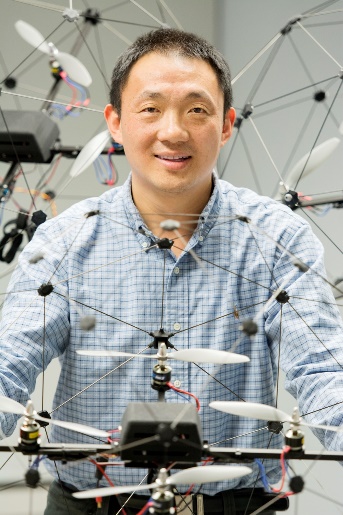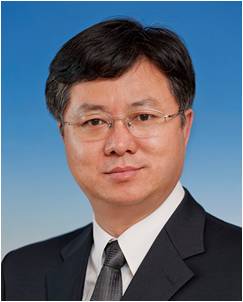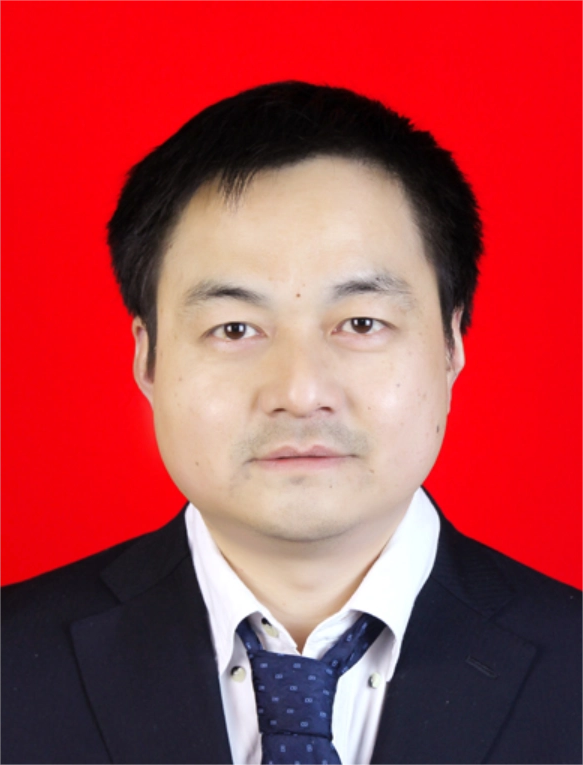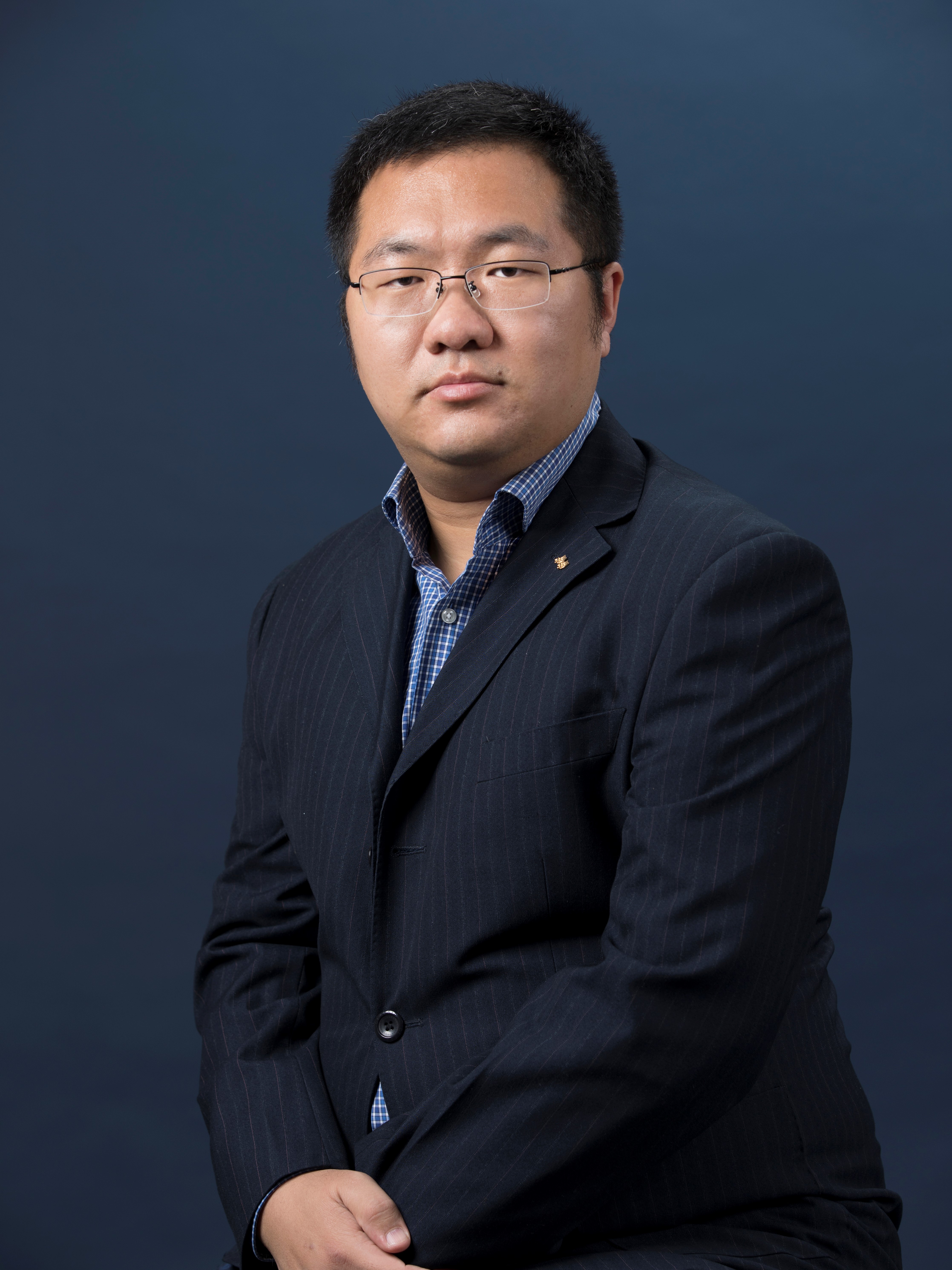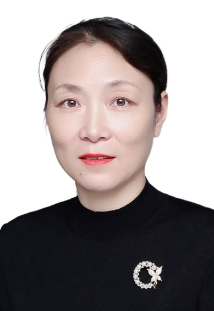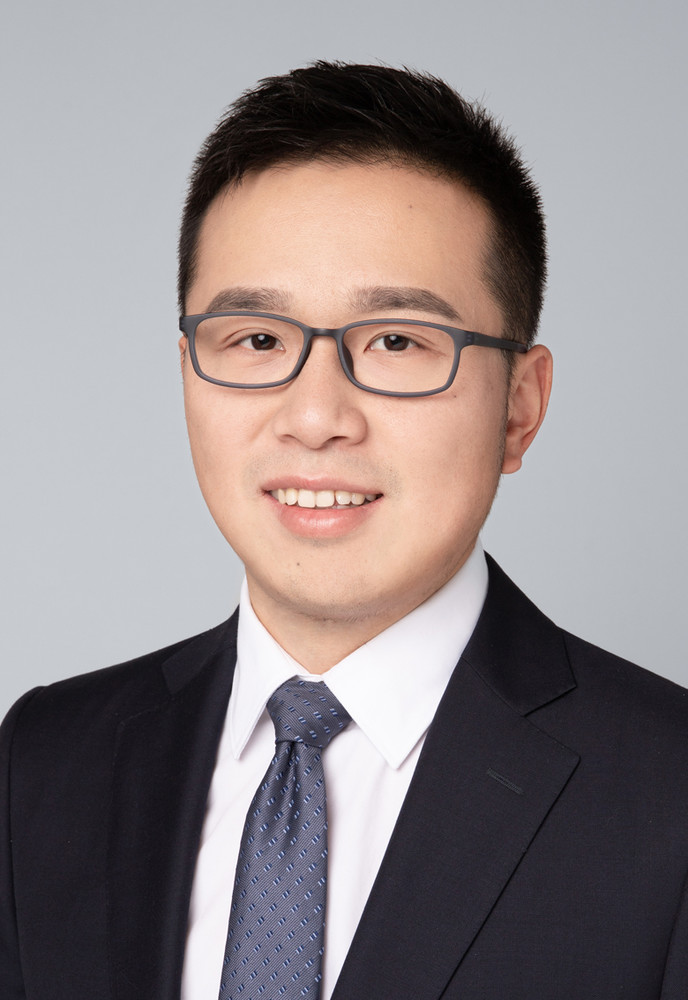
Speakers
Keynote Speakers/大会报告 | |
| Prof. Lei Guo, Beihang University, China(Academician of Chinese Academy of Sciences) 郭 雷,教授,北京航空航天大学(中国科学院院士) Title:Research on Bionic Intelligent Control Technology of the Unmanned System in Jamming Countermeasure Environments Abstract: The technical challenge of the unmanned system lies in the application barrier of "preset task, ideal environments, and determined modes" and the realization of accurate, reliable, and autonomous control in "extremely dangerous" (dangerous, extreme, special, and harsh) environments. As the fittest survives in natural selection, in the environment of interference and confrontation, the important symbol and embodiment of the intelligence of biological and unmanned systems is survivability under strong constraints. Based on the anti-jamming control theory of multi-source jamming systems, this report puts forward the research framework of the bionic intelligent control theory and technology of unmanned systems under jamming countermeasure environments and discusses the cross fields of bionic science, intelligent science, and control science from the perspectives of methodology, system theories, and behavior theories. The basic connotation of bionic control technology of unmanned systems such as safety control immune control and green control is presented and the research progress of bionic navigation technology in jamming and rejecting environments is introduced. |
| Prof. Yang Shi, University of Victoria, Canada Yang Shi,教授,加拿大维多利亚大学(加拿大工程院院士) Title: A Dual-Rate Hierarchical MPC Framework for UAV Fault-Tolerant Control Abstract: In the field of quadrotor control, there is a growing recognition of the need for achieving constraint satisfaction and optimal performance simultaneously. While model predictive control (MPC) is a promising approach, its sensitivity to model uncertainties and large computational demands pose challenges for its application in quadrotor systems requiring rapid update rates, particularly those with potential actuator failures. This talk will introduce an efficient solution: a dual-rate hierarchical adaptive Lyapunov-based MPC framework, designed for trajectory tracking control of quadrotors with unknown actuator faults. The dual-rate dual-loop architecture effectively reduces the computational burden without sacrificing control accuracy by sampling the outer-loop at a slower rate than the inner-loop, making it more practical for real-world applications. Additionally, the incorporated adaptive mechanism enables the quadrotor to compensate for unexpected actuator faults, ensuring stability and precise trajectory tracking. |
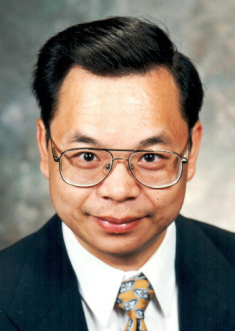 | Prof. Simon X. Yang, University of Guelph, Canada 杨先一,教授,加拿大圭尔夫大学(加拿大圭尔夫大学终身教授) Title:Biologically Inspired Escape and Rescue of Multiple Robotic Systems Abstract: |
| Prof. Junfei Qiao, Beijing University Of Technology,China 乔俊飞,教授,北京工业大学(国家杰青、长江学者) Title:Intelligent Optimal Operation Control of Urban Sewage Treatment Process Abstract: The process of municipal wastewater treatment is large in scale and long in flow, embedded with a series of physical, chemical, and biochemical reactions. Its dynamic evolution mechanism is complex and its operation mechanism is unclear. Especially, the types, components, and contents of pollutants in sewage fluctuate dynamically with time and space. The system often runs in a non-stationary state, leading to unstable effluent quality and high operation costs, which restricts the efficient implementation of the "Blue Sky and Clear Water" project. Facing the needs of national ecological civilization construction and an in-depth fight against pollution, the environmental protection automation team of Beijing University of Technology has made a series of innovative achievements after more than 20 years of painstaking research. The report focuses on the efficient and green operation of the urban sewage treatment process and introduces the new progress made by the team in effluent quality detection, intelligent control of key variables, and dynamic optimization of the whole process in recent years. It is hoped that through exchanges and discussions, we will broaden our horizons and develop a more efficient new technology for intelligent optimization and control of urban sewage treatment, which will provide technical support and make basic contributions for China to continue to fight the battle of "blue sky, clear water, and pure land". |
| Prof. Hongye Su, Zhejiang University, China 苏宏业,教授,浙江大学(国家杰青、长江学者) Title: Intelligent Dynamic Wireless Charging Technology for Electric Vehicles Abstract: Dynamic wireless charging technology for electric vehicles provides real-time energy supply to electric vehicles in motion in a contactless manner. It’s an effective method to reduce the required battery capacity and extend their driving range. With the rapid development of electric vehicles, intelligent and connected vehicles, and smart grid technologies, dynamic wireless charging emerges as a pivotal constituent within distributed intelligent charging networks, showing great potential for market application. Based on the laws of electromagnetic induction, the dynamic wireless charging system takes advantage of the interaction between the transmitting coil and the receiving coil to achieve wireless energy transfer. When operating electric vehicles, the coupling coefficient between the transmitting coil and the receiving coil changes rapidly over a wide range, resulting in discontinuous energy transfer. Therefore, it is necessary to study the modeling and control methods of dynamic wireless charging systems to improve energy transfer efficiency. Due to the complex road conditions and high vehicle speeds, vehicle's position shows significant random disturbances and uncertainties, leading to deviations in direction that can have a significant impact on the efficiency of wireless power transfer. Therefore, it is a need to integrate various technologies such as roadside detection and the Internet of Vehicles to study vehicle positioning and autonomous driving technologies. This will be helpful in effectively controlling the vehicle’s direction and ensuring charging efficiency and performance when implementing dynamic wireless charging systems. In addition, due to the randomness of vehicles on the road, simultaneous charging of a large number of electric vehicles will inevitably have a significant impact on the power grid. By utilizing photovoltaic energy storage microgrid systems and studying effective energy management methods, energy co-optimization and allocation can be achieved. This can provide sufficient energy for charging electric vehicles on the road while ensuring the safety of the power grid. |
| Prof. Zhigang Zeng, Huazhong University of Science and Technology, China 曾志刚,教授,华中科技大学(国家杰青、长江学者) Title: Research on Cooperative Control of Multi-agent System in Non-ideal Environments Abstract: Multi-agent system (MAS) cooperation is a hot research topic in the field of artificial intelligence and control. Considering the node dynamics, communication environments, and a non-ideal control link, we study the adaptive asynchronous hybrid impulse fault-tolerant control with a neural network learning mechanism, parameter adaptive compensation, and asynchronous communication. To enhance the time efficiency of MAS cooperation, the fixed-time and scheduled-time cooperative control of MAS under various complex factors such as actuator failure and dynamic heterogeneity is introduced from the perspective of limited cooperative time. Finally, the possible future development of MAS collaboration problems in non-ideal environments is prospected. |
| Invited Speakers/主题报告 | |
| Researcher. Long Cheng, Institute of Automation, Chinese Academy of Sciences, China 程 龙,研究员,中国科学院自动化研究所(国家杰青) Title:Hand Exoskeleton for Rehabilitation: Design, Perception and Human-Robot Interaction Abstract: Hand is one most important organ of human beings, which plays a critical role in daily lives. Meanwhile, the hands have a strong connection with the human’s nervous system. Therefore, the hand exoskeleton cannot only help the patients or the elderly to regain their hand functions in daily activities, but also serves as an important media of shaping the neural plasticity, which is valuable theoretically and practically. This talk discusses the technical challenges and progress on the mechanical design of the hand exoskeleton, the wearable sensors for measuring human’s movement and interaction, and some advanced interaction control algorithms. |
| Prof. Yan Wang, Jiangnan University, China 王 艳,教授,江南大学(长江学者) Title: Optimal Scheduling of Production Process with Feedback Structure Based on the Virtual Workflow Abstract: In the process flow with feedback structure, the nonlinearity and uncertainty introduced by feedback task disturbance bring great challenges to production scheduling optimization. Aiming at the time uncertainty and frequency disturbance of rescheduling triggered by the feedback production process, a virtual workflow modeling method is proposed, which virtualizes the process production process with feedback structure into a linear workflow to describe the global scheduling tasks and their priority constraints. By establishing the mapping relationship between virtual workflow and machine workflow and transmitting the state information, a collaborative virtual workflow scheduling model is constructed, which provides a real-time response mechanism for dynamic identification and decision optimization of rescheduling tasks. In scheduling decision-making, machine allocation and operation sequencing are faced with state space with great differences in dynamic characteristics. The dual scheduling mechanism of genetic evolution and rule sequencing is adopted to improve scheduling optimization efficiency, and the dynamic adaptability of the scheduling method to complex dynamic scheduling scenarios is improved through automatic training and adaptive selection strategy of heuristic rules. The proposed hybrid mechanism scheduling method significantly improves the convergence of the optimization process and the non-domination level of the scheduling solution. The decision mode and collaborative virtual workflow scheduling model ensure the timeliness and stability of the rescheduling response. |
| Prof. Yang Tang, East China University of Science and Technology, China 唐 漾,教授,华东理工大学(国家级高层次人才、科技部中青年科技创新领军人才) Title: Perception and Game Decision of Intelligent Unmanned Systems Based on Deep Learning Abstract: Perception, understanding, and decision-making for intelligent unmanned systems are current research hotspots in artificial intelligence, and have received widespread attention from both academia and industry over the years. This report will introduce the team’s accuracy and transferability in perception tasks, the timeliness and optimality in decision-making tasks, and the coordination and autonomy in control tasks, respectively. Finally, this report summarizes and prospects the future research directions of perception, understanding, and decision-making in intelligent unmanned systems. |
| Prof. JingNa, Kunming University of Science and Technology 那 靖,教授,昆明理工大学(长江学者) Title: High Precision Motion Control for Nonlinear Robotics with Unknown Dynamics Abstract: Unknown nonlinear dynamics, e.g., frictions, modeling uncertainties, sensor noise and external disturbances, are inherent difficulties encountered in the robotic control system synthesis, which could deteriorate the control performance. In this talk, we will introduce two recently developed methods to handle unknown nonlinear dynamics for robotic motion control designs: adaptive control with guaranteed estimation convergence and unknown system dynamics estimator (USDE). First, a new adaptive learning framework driven by estimation error is presented, which can be incorporated into the adaptive control for robotics to remedy the use of acceleration measurement and retain the finite-time convergence of tracking error and estimation error simultaneously. Moreover, the design of USDE with simple low-pass filter operations and algebraic calculations is introduced to handle the lumped unknown dynamics in the robotic systems. Those developed ideas are also extended for flexible manipulators and bilateral teleoperations. |

